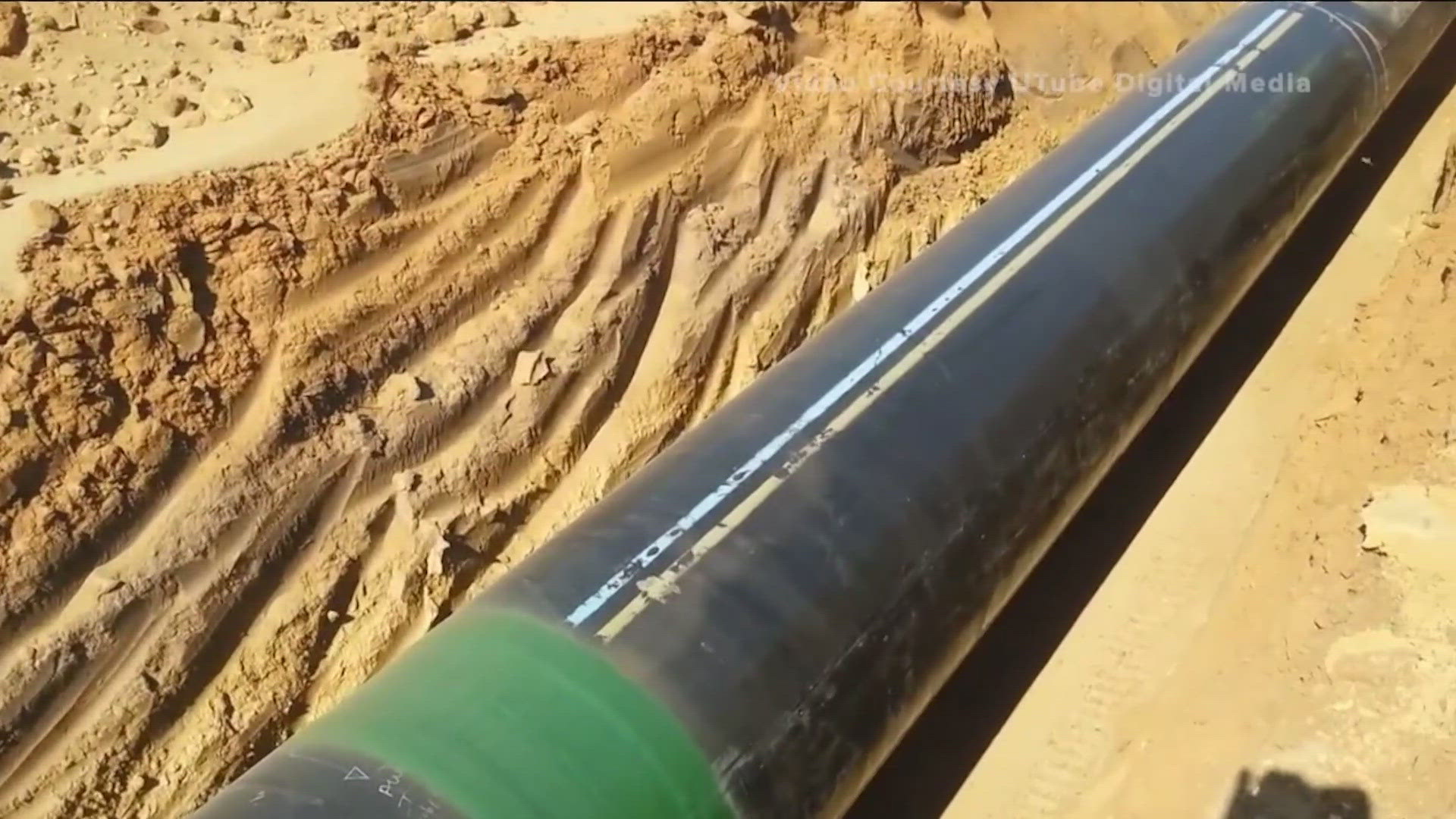AUSTIN, Texas — It’s probably no surprise that Texas is home to hundreds of thousands of miles of mostly buried pipes.
In fact, one-sixth of all the pipelines in the U.S. that transport natural gas and hazardous liquids are in Texas. That’s nearly 485,000 miles of pipes in our state. If placed end to end, the pipelines would stretch to the moon and back.
Regulation of in-state pipelines falls on the Texas Railroad Commission in Austin. In a typical year, commission inspectors check more than 300,000 miles of pipeline.
In addition, pipeline companies regularly employ devices known as “pigs” that travel through hazardous material pipelines looking for flaws or weaknesses.
But despite the inspections, things can go wrong, most often because of human error.
The Railroad Commission keeps track of pipeline breaks, and its records reveal there were more than 10,000 pipeline incidents in Texas in 2023. Most of those pipeline issues were caused by utility or road contractors digging and puncturing a gas line.
Meanwhile, as the big liquid natural gas fire in the Deer Park pipeline is expected to burn itself out, the question lingers about why the driver of an SUV entered the pipeline right-of-way and struck an above-ground valve, sparking Monday’s inferno.

